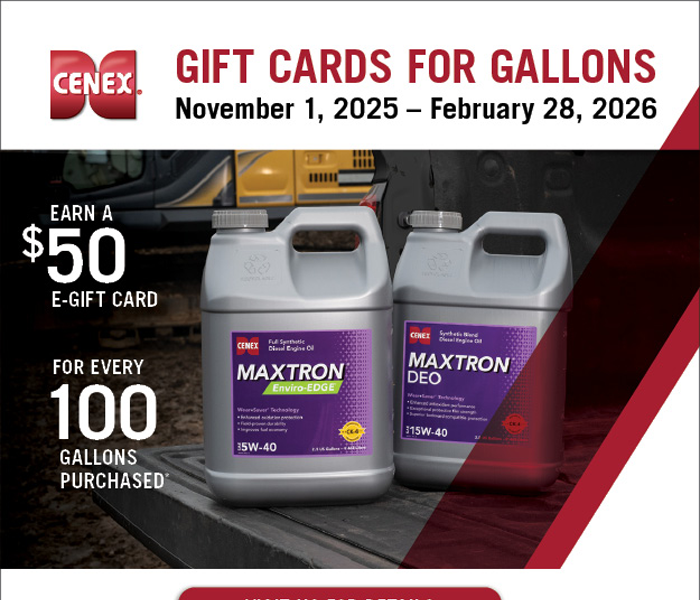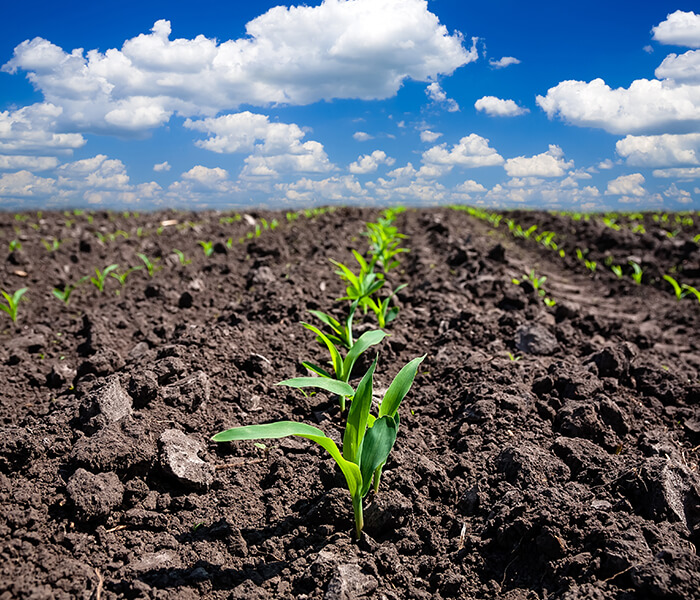Decisions to Decrease Stress
As we progress thru the growing season, we are entering a period of time that making correct agronomic decisions can have a great impact on your ending yields this fall. Stress, as we know is often not a good thing. How to mitigate it for your crops is key. Looking ahead to the coming month there can be decisions to be made to help decrease stress. I am going to call it “The Big 5” for the month of June.
1. Scout Fields.
Get out and look at the burndown and pre-emerge application if you have not done so. With the dry weather we experienced after those applications, you could be looking at weed escapes due to the lack of rainfall activating the herbicides. As the fields are scouted, early post application could be required, or maybe it will be your first application of the year if tillage was done. Timing, correct product for weed spectrum, rates, weed height and proper surfactant choices are all key for good post emergence weed control.
2. Tissue Sample.
Just as soil testing gives you results of your soil, getting tissues samples as your crop is growing can be very valuable. Sampled plants will give you a “live” update on what your crop needs to help fight stress and maximize yields. This year, based on early dry conditions, one nutrient that I can potentially foresee as having poor uptake is Potassium. I base that on years when it has been dry, and fields showed or required supplemental application, especially in medium to low fertility conditions. Tissue sampling will also be helpful to identify micronutrients that can be foliar applied and help offset stress and impact year end yields.
3. Stress Mitigation Tools.
This area comes to play in large part as ROI (Return on Investment). Many years the numbers are close to breakeven, but with today’s commodity prices, consideration of products to give you yield above the cost can pay back big returns come fall.
Fungicide applications are typically in every season’s discussion, but this year more than the past few it is worth the time to sit down with your Premier Agronomist and discuss the benefits. Applications made to soybeans prior to R3 and corn from V5 to tassel have proven to fight stress, disease and offer superior plant health.
Bio Stimulant Toggle applied with your foliar and fungicide applications have increased yields. We have seen this especially play out on soils in a year where moisture is a limiting factor
4. Side-Dress Nitrogen Application.
There has been a growing trend over the past few years and this year looks to be the same. Split applying your nitrogen application, and for some, pushing the yield envelope and adding more N. At the same time many growers have added micronutrients such as sulfur and boron to the mix, both bring added yield and returns. Based on a corn plant’s needs, a mid-season application of Nitrogen, Sulfur and Boron help get nutrients applied at the right time just ahead of when the corn crop will need them the most. Even though it can seem to be a big window for application, days and weeks seem to pass quickly. To help in our planning of application I encourage you to contact your Premier Agronomist today to review your total needs and get on a schedule for application.
5. Dairy Producers - Fertilize Alfalfa
Top production of your alfalfa acre can pay big dividends. Fertility needs of your alfalfa crop are high, and the impact of not replacing what you remove effects not only production, but quality and stand longevity. Factor in the outlook of low inventories going into winter and you should consider getting the most out the acre(s) you have. From the chart below it tells us one ton of alfalfa on a dry matter basis removes 80# of Potash. So, if your annual yield is five ton conservatively, you will need 400# per acre of Potash to replenish the soil for upcoming crops. Other key nutrients like Sulfur and Boron become important players in the end yields year over year and stand longevity as well.
As weather throws us a few curve balls throughout the month of June, there is sure to be additional agronomic needs. As these needs arise, and to help you plan for the “Big 5 for June”, please reach out to your Premier Agronomist today and help set the table for a successful fall harvest.
Ken Jahnke
Agronomy Sales Manager





